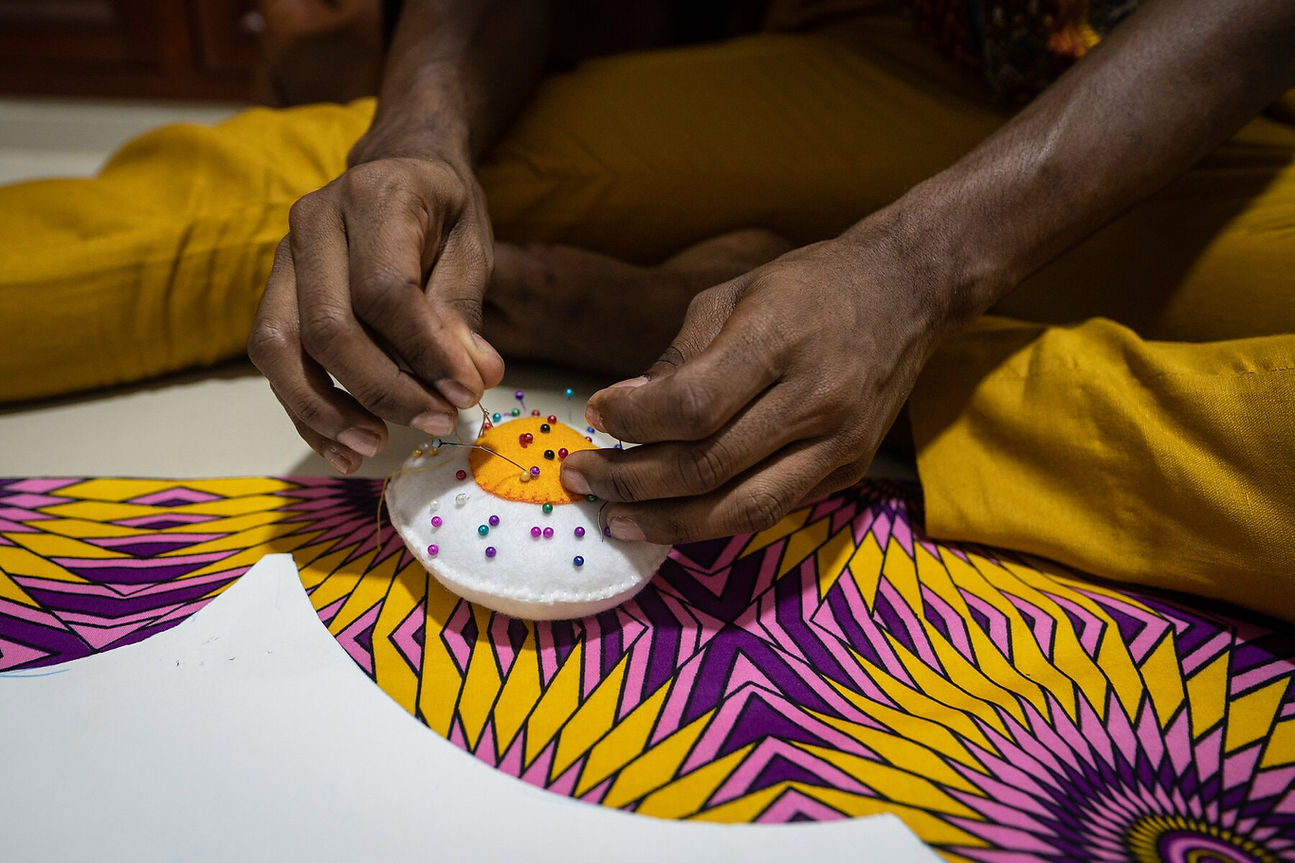By: Sarah Wang
In Buenaventura, Colombia, two models strutted down a premier fashion event, donned with Afro-Colombian dress wear. One wore a bright red minidress with a fluted top, mimicking a seashell. The other wore a draped blue and gold dress, a collar of gold around her shoulders.
Esteban Sinisterra Paz, a 23-year-old university student, designed the clothing despite having no previous design training. The fabrics he used were imported from Africa, and the models who sported the designs were black, out of the ordinary for fashion shows in Colombia. However, exposing the Colombian audience to Afrocentric fashion is what Sinisterra aims to do in his work.
Mr. Sinisterra is also the stylist for Colombia’s current and first black vice president, Francia Márquez. In Colombia, where race often defines social status, Ms. Márquez, who climbed from poverty to authority, provides a voice for the millions of Afro and Indigenous Colombians living in squalor.
As a form of subtle rebellion, Ms. Márquez avoids suits or formal attire and prefers an elegant Afro-Colombian style, wearing her natural hair and bold designs.
40% of Colombians live on less than $100 a month, Afro-Colombians being the poorest group. Because of discrimination and their socioeconomic status, Afro-Colombians are often neglected by the government.
Sinesterra was born to a poor family in Santa Bárbara de Iscuandé. At the age of five, army men forced him and his family to evacuate the town along with millions of others due to Colombia’s internal conflict at the time.
When Sinesterra’s family settled in the nearby town of Guapi, Sinesterra was taught to sew by his aunt and grandmother who were deemed “the designers of the neighborhood. He wanted to study fashion at university, but his father was against the idea saying it was “only for girls,” so he entered university as a social work student. But Sinesterra didn’t give up on fashion. He began to build a following and gain customers on Instagram and Facebook. Soon enough, Ms. Márquez contacted him in 2019 for an outfit.
For Ms. Márquez’s election day, Mr. Sinesterra dressed her in Ghanaian kente cloth, a print that looks like a woven basket. The dress had a ruffle down the front, and a white jacket draped over her back. The outfit was entirely symbolic: the kente cloth’s unique basket look symbolized vote collection, the ruffle acted as the rivers in Ms. Márquez’s hometown, and the white jacket’s color suggested peace “in this country so torn up by political postures.”
Both Mr. Sinesterra and Ms. Márquez have been busy on a political plan for Colombia; they dream of a Colombia where decades of racial injustice are put to an end and a person’s race no longer defines them.
“The responsibility is going to grow,” Sinesterra said. “My responsibility, Francia’s responsibility, backing this process so that the people — our people — don’t feel betrayed.”











